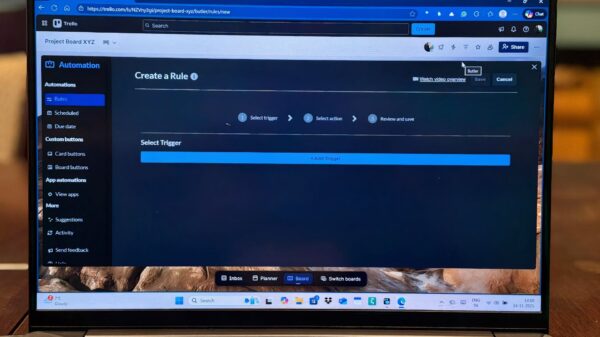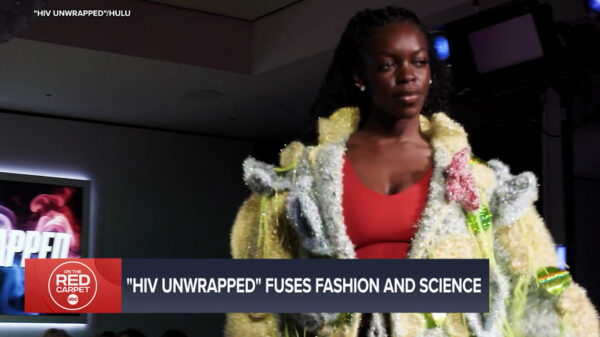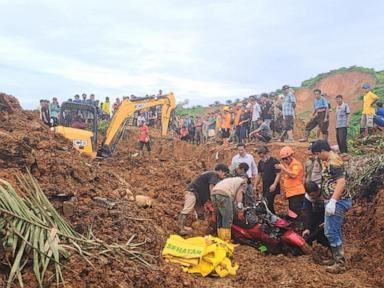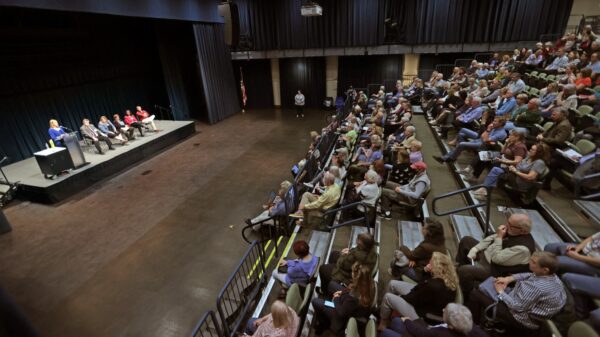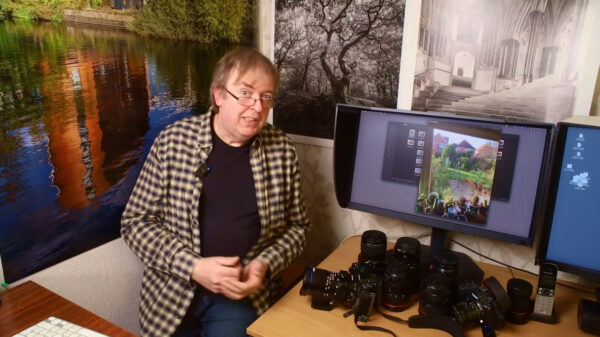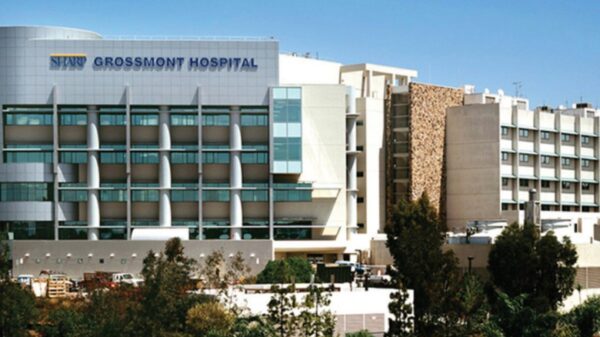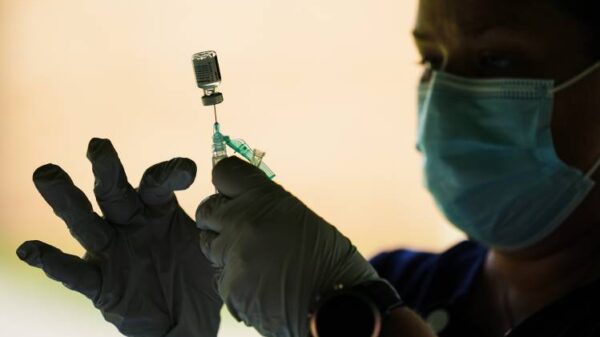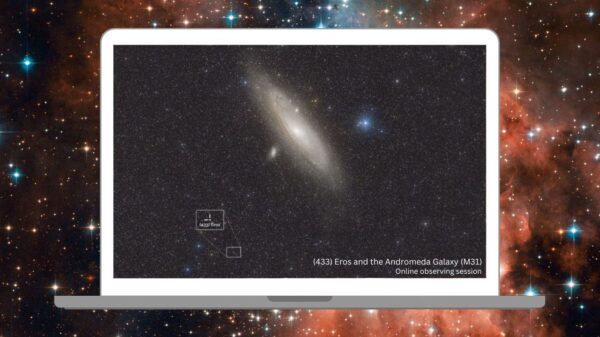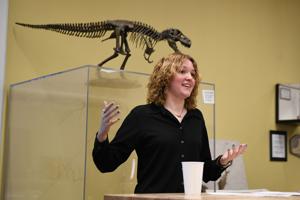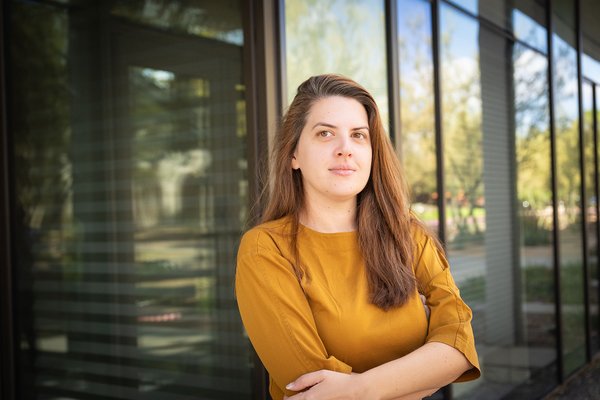Georgia Gkioxari, an assistant professor at Caltech, has been awarded the prestigious Packard Fellowship for 2025. She is among 20 early career researchers selected for this honor, which provides $875,000 in unrestricted funding over a five-year period. The fellowship aims to support innovative research in science and engineering.
Innovative Research in Computer Vision
Gkioxari, who is also recognized as a William H. Hurt Scholar, received the fellowship for her groundbreaking work in computer vision, a subset of artificial intelligence. Her research focuses on enabling machines to interpret the world similarly to humans, allowing computers to analyze images and videos effectively.
“My research is in computer vision,” Gkioxari explained. “I build computational models that take images and videos as input. Through these models, I’m trying to allow computers to see the world just as you and I can see it through our eyes and analyze the light that comes in.” This complex process mirrors human vision, which not only involves seeing but also understanding and predicting interactions with the environment.
“We do this very seamlessly. We are not even aware of trying most of the time,” Gkioxari noted. “Sadly, that’s not the case for our machines. We have to build their skill to do that.” This endeavor requires vast amounts of training data, a challenge distinct from natural human learning.
Collaborative Efforts and Broader Applications
Gkioxari’s research aims to emulate aspects of human intelligence through visual inputs. She collaborates with colleagues at Caltech, including assistant professor of economics Hannah Druckenmiller, to enhance the ability of computers to analyze vast arrays of visual data relating to environmental changes. This work is particularly significant for tracking and predicting the impact of these changes on urban environments.
Robotics represents another area where Gkioxari’s contributions are poised to make a significant impact. “We use our vision to choose actions and then use the visual results of those actions to train our vision further,” she explained. “Similarly, autonomous systems need to see and continue to learn how to see in order to act in the world.”
While current computer vision technology has shown promise in specific tasks, such as those used in self-driving vehicles, Gkioxari emphasizes the need for a more generalized model applicable across various domains. This challenge remains a key focus of her research.
The Packard Fellowship was established nearly four decades ago by David Packard, co-founder of Hewlett-Packard. “We honor our founder’s legacy by ensuring that science in America remains a beacon: advancing knowledge, informing action, and creating a more sustainable world for generations to come,” stated Nancy Lindborg, president and CEO of the Packard Foundation, in a recent press release.
Gkioxari’s selection as a Packard Fellow underscores the potential for research in computer vision to advance both scientific understanding and practical applications, paving the way for innovations that could significantly transform multiple fields. As she embarks on this journey, her work will undoubtedly contribute to a deeper comprehension of how we can harness visual data to improve technology and our understanding of the world.



